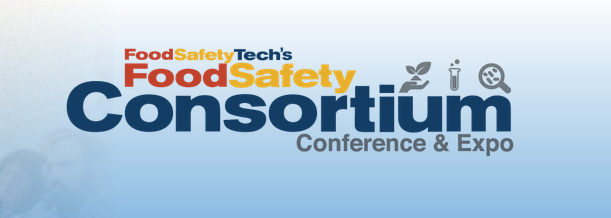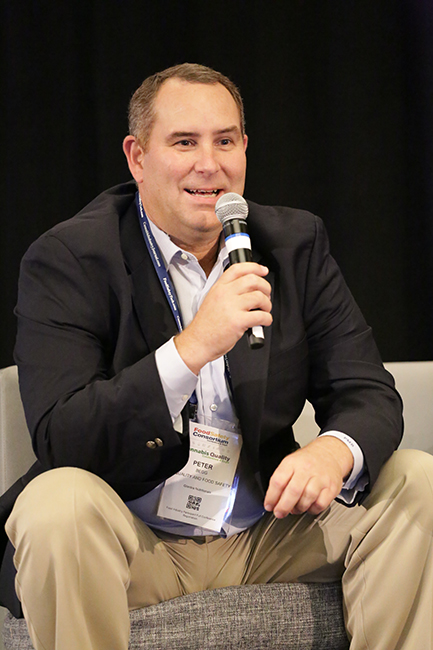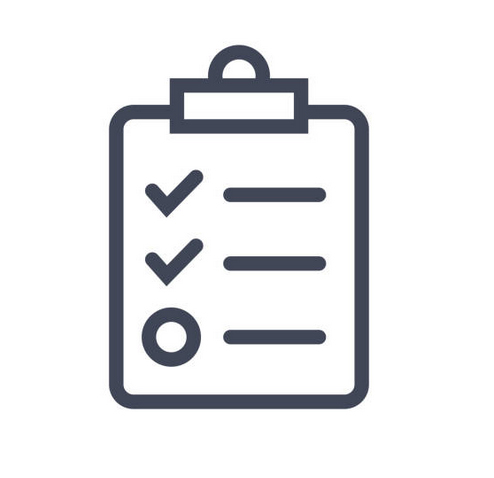Lean manufacturing is synonymous with efficiency, but many people mistake it for being only about reductions in workforce, inventory or waste. Lean itself is a growth strategy, and like any strategy, it requires an investment—not a reduction—of time and resources to succeed. To understand how Lean Manufacturing can help food and beverage companies save money and improve efficiencies and food safety, we asked two industry professionals to share their insights.
Petra Sterwerf is an operations executive with experience in lean manufacturing and a background in plant management. She currently serves as director of commissary operations with Skyline Chili in Cincinnati. Holly Mockus is the director of content and industry strategy at Intertek Alchemy where she leads employee training for manufacturing clients around the world.
How can Lean processes enhance food manufacturing facilities?
Petra: Lean’s meticulous focus on eliminating waste obviously makes it invaluable to the complex, ingredient-focused processes that dominate food manufacturing. However, Lean is ultimately a culture built through collaborative problem solving, which can happen every day throughout the organization.
Collaborative problem solving not only positively impacts the operations group, but it can also be taken across different departments and different processes within a food manufacturing facility. This focus on eliminating waste through problem solving is more important than ever in today’s economic environment where ingredients are more expensive and harder to come by.
Subscribe to the weekly Food Safety Tech newsletter to stay up to date on the latest news and information on food safety practices and regulation.
What’s happening in the industry to make Lean more important to companies?
Petra: In the era of the great resignation, many food companies have lost a lot of institutional knowledge. So, you often have a whole new workforce to ramp up on important processes. Cross-functional, collaborative problem solving allows food manufacturers to bring together experienced people with employees who might be new to the industry. Combined, they can bring all kinds of new ideas to the table.
The process challenges experienced workers to consider new methods and techniques. It also helps less experienced workers understand many of the tried-and-true industry processes that make things operate efficiently.
What is the implementation cost vs. reward for setting up a Lean manufacturing program?
Petra: It’s hard to put a specific number on it, but I’ve seen an investment of $1 million result in over $10 million in returns. Beginning a Lean journey can be as simple or as complex as you want it to be. At some companies, a Lean rollout may include large consulting groups and corporate teams. But I’ve been a part of implementations with just a couple of people in a small department.
Holly: Before you see financial ROI, you’ll see improvements in KPIs like safety recordable rates, environmental positive rates or first-pass quality rates. Production-wise, it could be your line efficiencies, your product yields or order fill rates. In terms of food quality and safety, you’re going to see fewer holds, customer complaints and near-miss incidents because your processes are more consistent.
Some people hear the word “Lean” and immediately expect workforce reductions. Can you implement Lean without having layoffs?
Petra: I’ve been involved in projects for sizable facilities with over 600 people, and we did not lose one person in the name of a Lean manufacturing change. As part of the process, you will identify value-added tasks that you need and the resources to make them happen. And then you reallocate people accordingly. Also, manufacturing facilities often experience turnover, which adjusts the workforce level down to where it needs to be.
Holly: Lean cost savings can also be invested back into your employees through training, internal celebrations, facility improvements or other programs that can provide substantial worker and business benefits.
Where can you see the fastest results or ROI?
Petra: The quickest results tend to materialize in yields and formulations. In the protein business, for example, where meat has become more expensive, you have to decide where problem-solving Kaizen events are necessary, or where you want to implement standardized work. The meat cost or meat waste is always a good place to start.
Holly: I’ve seen many formula audits that reveal significant inconsistencies in processes such as things being weighed differently, or recipes and formulas that aren’t followed. These mistakes can produce inconsistent products and also result in regulatory issues that could affect public health. Streamlining these processes through Lean practices can deliver results in a short period of time.
What are some of the best ways to integrate HR and senior leadership into the Lean process?
Petra: It is important to get HR involved from the very beginning by explaining what you’re trying to do with collaborative problem solving and putting Lean tools into place. As you start planning problem-solving events, keep HR in the loop on scheduling, processes and reporting. This is typically done every time you do a continuous improvement workshop. You’ll pull in senior leadership and HR to report what you learned from the event.
Holly: Sometimes it can help to include HR representatives in your Lean teams to represent the people factor. That way, if employees are concerned about any new process, HR can talk to it and provide the reassurances that are needed.
How do you educate and get the employees to embrace Lean?
Petra: You have to be careful when you start a Lean initiative not to oversell it in the beginning. If you stop everything in the plant for an all-hands meeting to describe the project, you can cause some employee anxiety. And then people are expecting big changes to happen quickly. Lean can be a slow evolution, especially if you start with constrained resources. I recommend starting with a small group of people and talk to them, while letting all employees know that you’re starting small on this new project.
Holly: I would say you have to empower people and engage them by providing knowledge. They need to understand what Lean is, the benefits, their role and how they can contribute. It’s all about making sure everyone fully participates regardless of their level. And employees need to feel like they are being listened to and that their ideas have a chance of moving forward in the process.
How is creating a “culture of failure” essential to the ultimate success of a Lean program?
Petra: It’s basically the scientific method of thinking. You have to try different approaches, knowing that things don’t always work. Sometimes you have to take a few steps back, learn from mistakes, and move on. The worst mindset you can have is a fear of failure. That being said, you also don’t want to just try a whole lot of poorly thought out ideas and waste a lot of product or money.
How do you measure success from your initial steps, and how do you continue using Lean?
Petra: I would recommend that people implementing Lean programs document their journeys. At the beginning of the project, go around and take pictures of the current state of the business. When you start making changes, you often forget what it looked like before. And then you realize that despite making significant changes, you have no documentation to show that journey. Continuous improvement reports are a great way to capture pictures and create a folder of all the changes that you make.





















